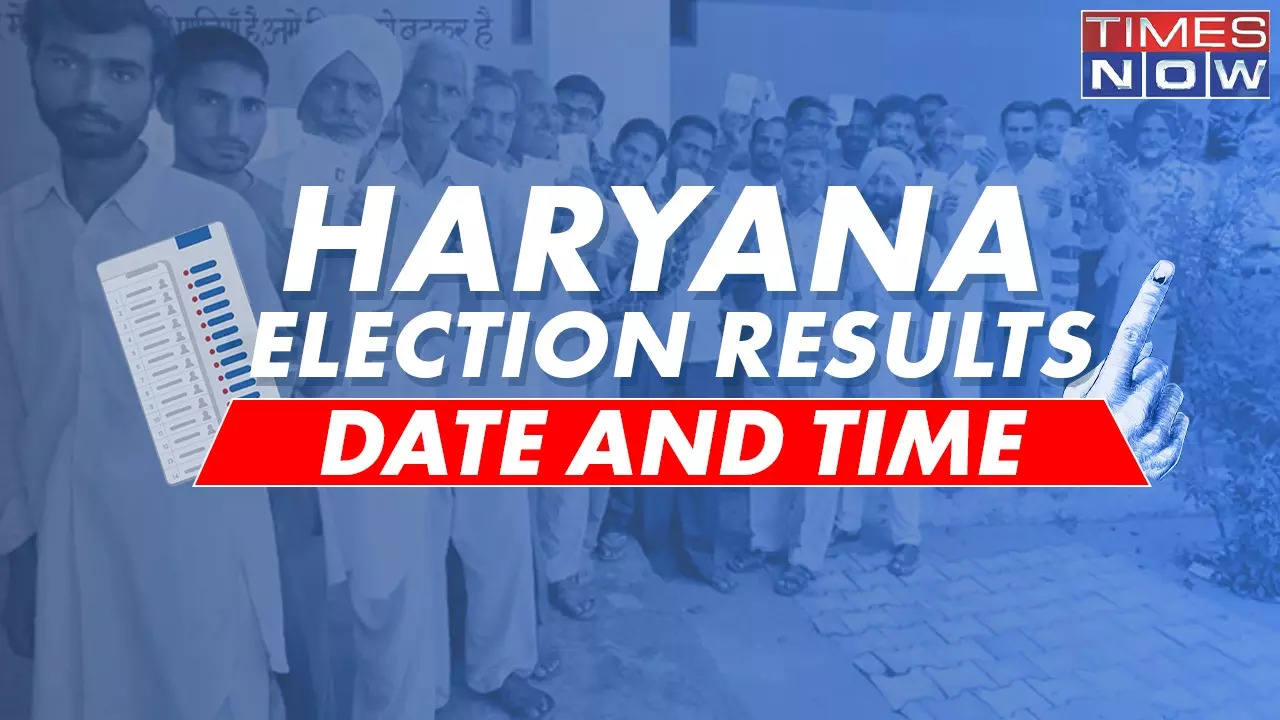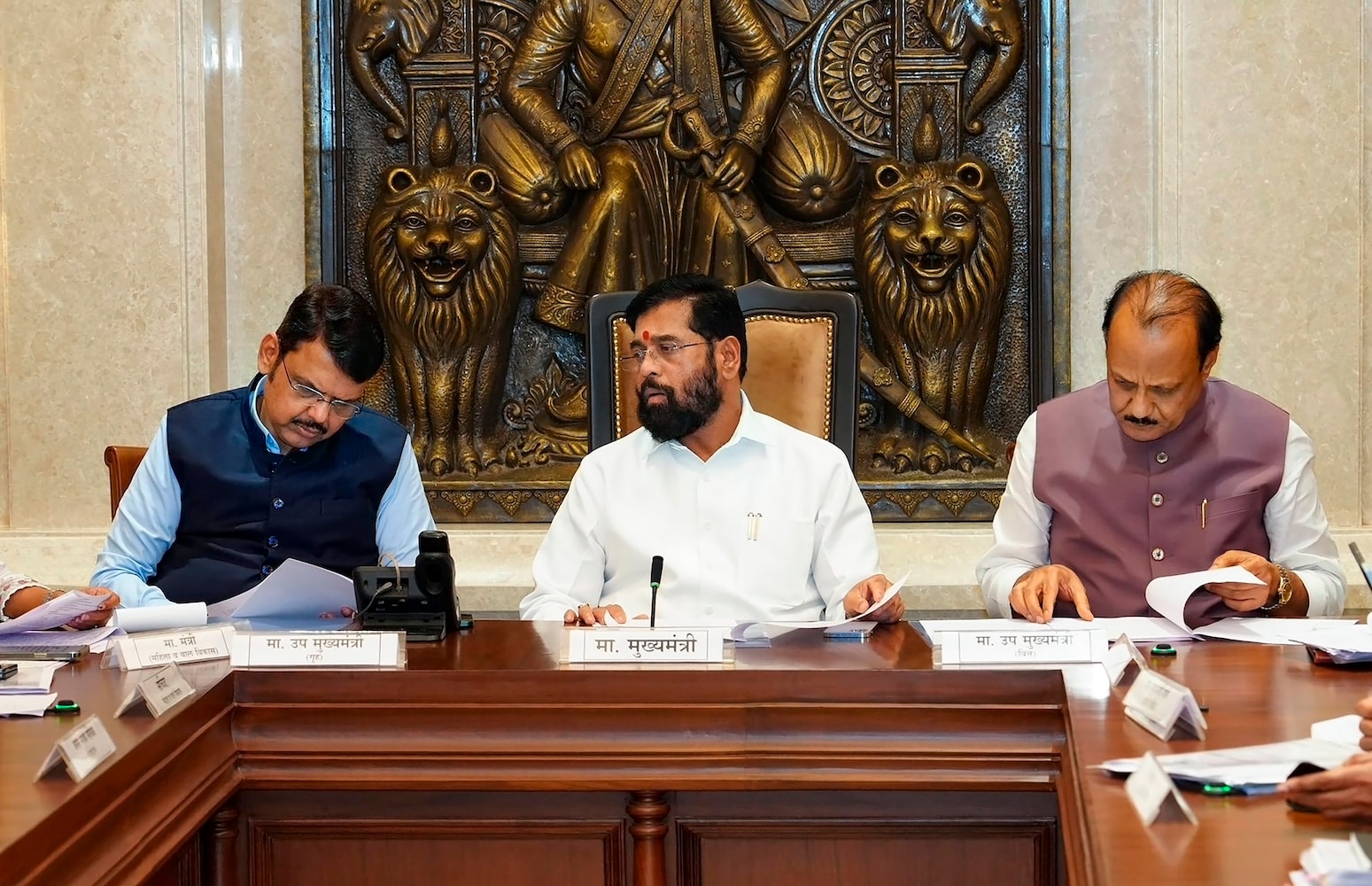
In a bustling village in Bangladesh, the evening air hums with life. As the sun sets, a handful of homes flicker to life with the soft glow of electric bulbs, only to be dimmed by prolonged load-shedding. But behind this flickering light, a larger storm is brewing—a storm of unnecessary and unrealistic numbers, overinflated forecasts, and unreliable decisions that could shape the future of Bangladesh's power and energy sector, and its economy.
At the heart of this storm is the Integrated Energy and Power Master Plan's (IEPMP) overly optimistic and unrealistic projection of future power and energy demand—an inflation of numbers that opens the door to over-investment, fiscal strain, and the potential for corruption, all under the guise of progress. In late November 2023, the Ministry of Power, Energy, and Mineral Resources unveiled the IEPMP. Its goal was ambitious: a sweeping, long-term roadmap designed to guide Bangladesh's energy future, all the while nodding to the global push towards decarbonisation.

However, given that previous master plans have often been ignored or poorly implemented by former governments, there's scepticism about whether the 2050 ambitious goals can truly be achieved. At the core of any long-term power and energy plan lies a single, essential truth: we must first have a realistic understanding of our future needs. A master plan, no matter how well-intentioned, cannot take shape if the foundation it's built upon—the demand forecast—is flawed.
Everything revolves around this projection because if we overestimate demand, we risk sinking billions into infrastructure that may never be used. If we underestimate it, we face crippling shortages that could stall the country's progress. The overinflated forecast, far from being a reliable guide, reveals cracks in the economy that threaten to undermine the entire plan.
The main issue lies in the models the IEPMP used to predict future energy and power needs. These models, statistical and econometric in nature, are like blueprints that guide the country's infrastructure planning. If the blueprint is flawed, the building that follows, will be equally shaky.
And in this case, the blueprint is more than flawed—it's outdated. In the case of energy demand, while the IEPMP projects a 3.75-fold increase in demand by 2050, our analysis reveals a more realistic growth of 2.
36 times. Similarly, for 2041, where the IEPMP forecasts a 2.6-fold rise, we predict a more tempered increase of 1.
88 times. Even by 2030, our projections range from 1.37 times, lower than the IEPMP's anticipated 1.
68 times growth . Furthermore, the IEPMP's forecasts suggest an ambitious surge in power demand too—projecting increases of 2.26 times by 2030, 4.
5 times by 2041, and a staggering 7.38 times by 2050. In contrast, our forecast paints a more measured picture, forecasting growth of 2.
01 times by 2030, 3.06 times by 2041, and 4.05 times by 2050.
Now, one of the reasons behind this issue is model formulation. In forecasting energy demand, the IEPMP relies solely on national income, energy price, and previous demand. This approach falls far short of reality.
Evidence shows that CO2 emissions and population growth are two critical macro-factors, among several others, that must be considered. Yet, these were left out. The electricity demand forecast is even more concerning.
The IEPMP uses a constant GDP-electricity elasticity of 1.27, meaning that for every one percent increase in GDP, electricity demand is expected to rise by 1.27 percent.
Yet, no other critical factors—such as population growth, electricity prices, energy efficiency, or shifts in consumption behaviour—were considered in this equation. To make matters worse, the IEPMP bases its predictions on an assumed average annual GDP growth rate of over seven percent from 2021 to 2050, a figure that not only exceeds IMF projections but is highly improbable for a lower-middle-income country like Bangladesh. In terms of model selection, the IEPMP relies on a basic Ordinary Least Squares (OLS), one of the simplest regression models, method to forecast energy demand.
OLS is typically used to analyse data at a single point in time rather than across multiple years. A more realistic, advanced, and modern approach to forecasting would involve using Vector Autoregressive (VAR) models. The IEPMP's forecast seems wildly inflated like a balloon stretched too thin.
While an overblown forecast may not seem like an immediate problem, its consequences are very real. Bangladesh, already grappling with significant domestic and foreign debt, could be compelled to invest billions in new power plants, transmission lines, and infrastructure that could ultimately be unnecessary if the government does not revise the figures. With a more realistic, lower demand projection, the possibility of achieving 40 percent of our energy from renewable sources becomes far more feasible.
This over-projection of energy demand doesn't just skew the technical forecasts, it opens the door to a dangerous cycle of over-investment and potential corruption. When demand is exaggerated, it justifies the need for more power plants, more infrastructure, and more megaprojects—each of which carries hefty price tags. Politically connected businesses stand to profit from the construction of unnecessary infrastructure, siphoning off public funds and international loans under the guise of national development.
Meanwhile, the strain of foreign debt could intensify as Bangladesh looks outward for loans to finance projects that may not even be needed. Every unnecessary megawatt of energy capacity that gets built adds to the country's fiscal strain and risks turning into a fiscal black hole. It's like constructing a vast network of roads in the middle of the desert, roads that will never see a car.
The irony here is that in trying to prepare for an energy-hungry future, we might be cutting off the power and energy of our economy's engine. Faisal Quaiyyum and Khondaker Golam Moazzem are programme associate and research director, respectively, at Centre for Policy Dialogue (CPD). Views expressed in this article are the author's own.
Follow The Daily Star Opinion on Facebook for the latest opinions, commentaries and analyses by experts and professionals. To contribute your article or letter to The Daily Star Opinion, see our guidelines for submission ..














